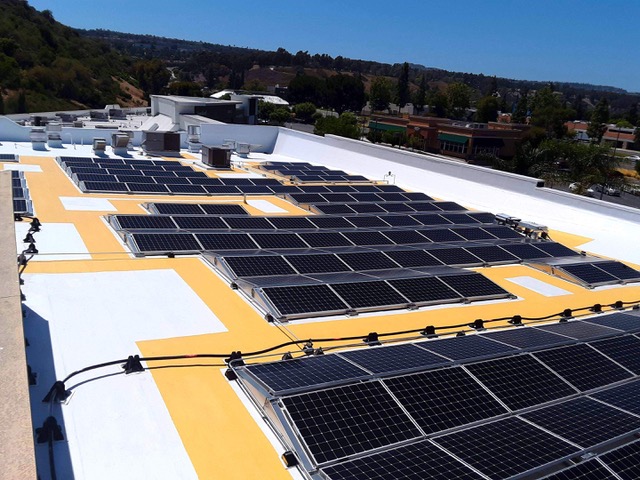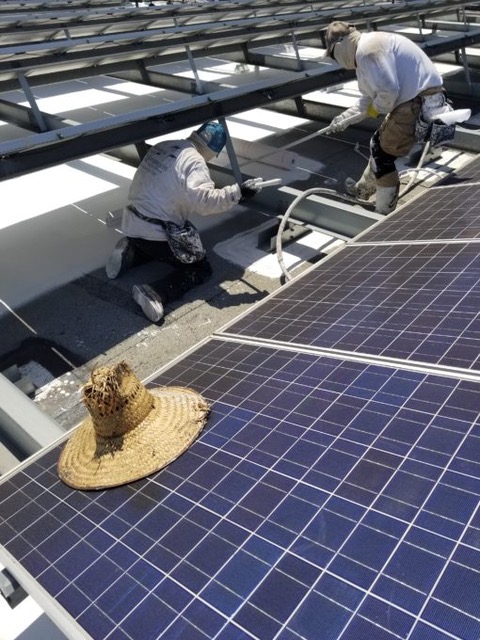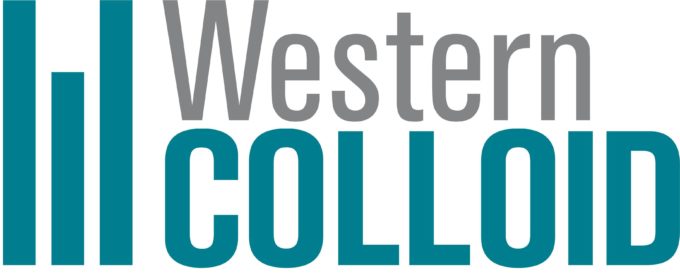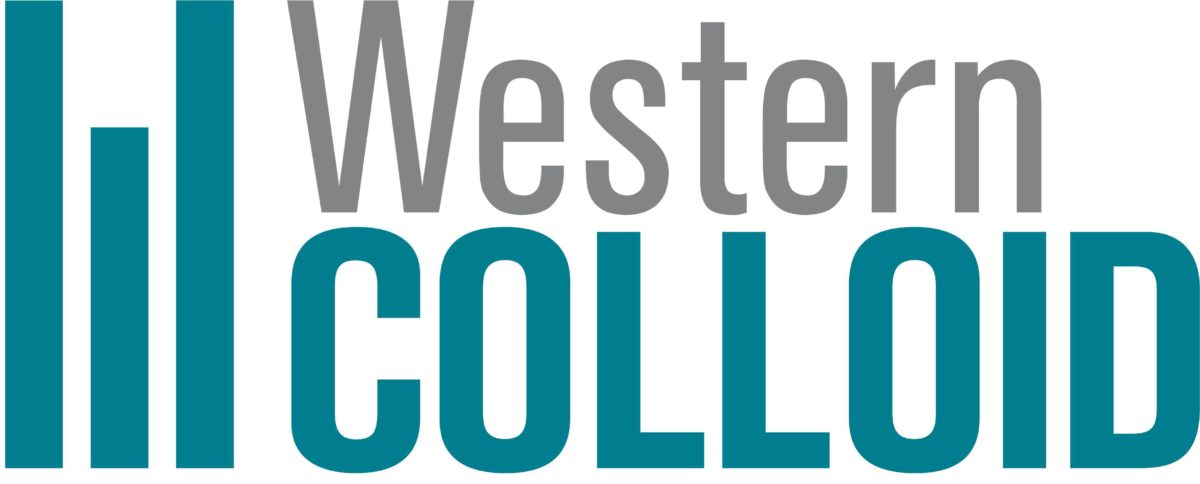
The Solar Dilemma: Roof Considerations
Over the last 20 years, solar panel technology has significantly improved and become more cost-effective. Coupled with rising energy costs, green energy incentives and an increasing number of municipal ordinances, building owners and operators have performed solar retrofitting on their facilities with great success.
Before considering planning for a solar roof – ask yourself, is your building a candidate?
Can Your Roof Support Additional Weight?
According to reports, about 40% of commercial buildings aren’t suitable for solar panels due to structural limitations and shading.
When analyzing and quoting solar panel installation, reputable solar companies will confirm whether your building can handle the additional weight of the system itself and, for non-penetrating systems, the ballast used to secure them. Fortunately, most of today’s rack systems are extremely lightweight. Keep in mind that some states and localities require a sign-off from a certified engineer before project approval.
Roof Surface Concerns When Installing Solar Panels
Anytime you cut into, penetrate, or even set equipment on top of your roof membrane, your roof’s integrity gets damaged. Along with a solar contractor, a roofing contractor should make sure these areas are protected and repaired during installation. This may also be the time to evaluate the life left in your roof.
A proven solution when dealing with solar roof installation is a Fluid Applied Reinforced Roof (FARR) system. Western Colloid has several systems designed specifically for use under solar panels. When properly specified, it can be applied to the roof surface prior to the installation of the solar panels and mounting hardware. Once installed, using a product like elastic cement the mounting hardware can reinforce the joints between the coating and hardware to improve overall watertightness.
Drainage
A good installer will study your roof’s drainage patterns and install the system so as not to impede them.
Foot Traffic
Roofing products are designed to be water-resistant with as little foot traffic as possible, since something as simple as the sharp edge of a toolbox or a dropped drill can cause roofing damage. There is constant upkeep required for solar panels including maintenance and cleaning, which makes the collection of energy more efficient. Building owners don’t want to compromise solar collection’s efficiency, so they need a roofing system that can handle the stress such as fluid-applied roofing products.

Can Solar Panels Themselves Harm the Roof?
Solar panels generate heat and additional UV exposure for its roofing system. Most roofs aren’t designed to handle the heat that’s generated underneath solar panels. It is necessary to make sure the installation of solar panels won’t void the warranty.
What Will Happen if I Need to Re-roof Once I Have Solar?
Modern solar panels are meant to last decades and so is your building’s roof. Unfortunately, it’s rare for roofing replacement materials and solar panels to coincide. Eventually you’ll have to repair or replace your roof without causing solar panel damage.
As more buildings utilize the roof deck as a solar field, the roofing industry is faced with creating strong solutions for re-roofing buildings.
Managing a retrofit for traditional roof systems, means removing panels before undertaking roof replacement. Even in those necessary cases, solar panel removal can be costly and inconvenient.
Risk of damage to panels or the roof below is likely whenever solar panels are removed or installed. That damage can lead to reducing the roof’s lifespan or voiding the roof’s warranty.
If your aging commercial roof needs a retrofit before a complete tear-off and replacement is the only option, you may have available options that would allow contractors to complete the retrofit without solar panel removal.
A considerable solution is to install a FARR system, which can be installed with the solar arrays left in place in many cases. A FARR system can be directly applied over the existing roofing material. This system is applied in liquid form, either as a spray, by roller or soft brooms.
Western Colloid products provide a permanent seal around roof penetration with the ability to go over most substrates including EPDM, TPO, Foam and BUR. Our solution means less work for contractors and stronger waterproofing for building owners.
It’s time for the industry to look beyond sheet-applied roofing and provide solutions, such as our FARR systems. Contact us so we can help you with your roofing installation.


